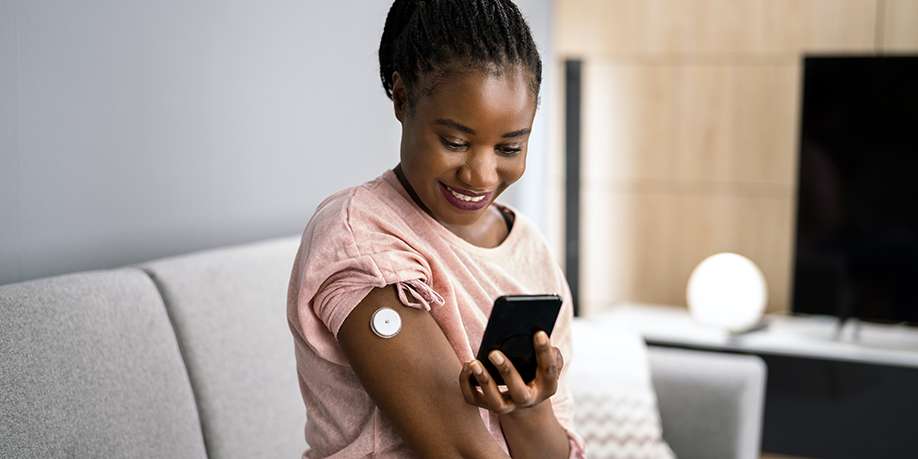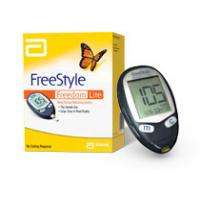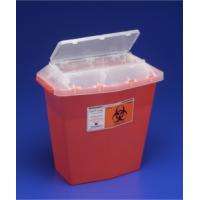
Painless Way to Check Blood SugarPainless Way to Check Blood Sugar
  © Andrey Popov | Dreamstime.com For people with diabetes blood sugar management is a part of life. From the time of diagnosis you know that to succeed in the life-long mission of keeping the disease at bay you have to constantly monitor your blood sugar level, testing it several times daily. Having your blood tested so often is necessary to see if blood sugar climbs above normal or falls below the normal level. If that happens, you have to take action as soon as possible to get yourself out of danger that abnormal blood sugar can cause you. If your blood sugar drops too low (hypoglycemia), your brain doesn’t get enough glucose to function properly and as a result, you may become confused or even lose consciousness. If blood sugar level rises too high (hyperglycemia), it might not give you strong symptoms right away, but if stays untreated, it can cause toxic acids (ketones) to accumulate in your blood and urine (ketoacidosis) and become life threatening. There is another reason why checking your blood sugar often is important. The more data you collect, the easier it is for you and your healthcare team to understand the relationship between your blood sugar level and other factors such as medications, food, and lifestyle and develop the best possible treatment that will give you a higher chance to postpone or avoid serious complications of diabetes, like organ, blood vessel, and nerve damage. Unfortunately, monitoring blood sugar level is very often associated with pricking your fingers with a needle in order to draw blood for testing. This is not a very pleasant procedure to do even once, let alone doing it four times a day for the rest of your life. It often causes pain, plus having bruised fingers as a result of constant pricking is not uncommon either. How to Reduce Pain from Pricking Your Fingers There are ways to make your life a bit easier, though. You may experiment with meters, lancets, and lancing devices to achieve maximum comfort and effectiveness. Get the meter that will require as little blood as possible along with the lancing device with adjustable needle penetration depth. You can try different needle width (gauge) as well. Once you settle with the lancets, use new ones for every test to ensure that you always utilize the sharpest instruments. Make sure to wash your hands with warm water and soap right before testing because warm water helps to bring more blood to the surface, which makes drawing blood easier. If that doesn’t help, shake your hands at your side and rub the area of your finger that you will be using for testing. If you’re not getting enough blood, apply pressure at the base of your finger and then slowly move the pressure towards the fingertip, as if you are squeezing toothpaste out of the tube. You should also try to hold your hand as steady as possible when you’re pricking your finger to minimize the skin damage and consequently pain. Once you’ve drawn enough blood for testing, apply pressure to the lancing site using a tissue or a cotton ball for approximately 30 seconds to reduce the risk of infection in the finger. After that, you may cover it with a bandage if you still see some bleeding. Give your fingers enough time to heal by alternating testing sites. Do not always prick your fingertips. Instead, use the sides of your fingers, as they have more blood vessels close to the surface and fewer nerves. That may reduce pain quite a lot. The Alternative to Finger Pricking Although the techniques described above can be used to minimize pain from pricking your fingers while measuring your blood sugar level with a conventional meter, such techniques do not completely solve the problems associated with finger pricking. – Pain can be reduced, but not eliminated completely and you may still get bruised fingers. Luckily, there are blood sugar monitors that let you forget about having your fingers punctured. They are called CGM, which stands for Continuous Glucose Monitors. CGM monitors are noninvasive glucose meters that do not require a blood sample. Instead, they use interstitial fluids in skin tissues to detect glucose. Besides, they are not called “continuous monitors” for no reason. – While regular glucose monitors check your blood sugar level only at the moment when you actually test your blood, CGMs continuously monitor your blood sugar throughout the day, providing you and your healthcare team much more data to analyze. Since 2017, when FDA approved a Continuous Glucose Monitor for the first time, several CGM devices have emerged on the market, providing blood sugar testing technology to diabetic patients. CGM devices utilize a small sensor that you insert just under the skin on the back of your arm or on your belly. The CGM device constantly tracks blood sugar levels and sends readings to the monitor or even to your cellphone and to your doctor, and also alerts you when readings are higher or lower than they should be. The Bottom Line Checking blood sugar regularly is a must for people with diabetes. For many diabetic patients it’s a painful experience, as it involves pricking your fingers with a needle multiple times a day. Fortunately, there are ways to improve the situation with pain by implementing certain techniques or by using a continuous glucose monitor that allow you to monitor your blood sugar levels conveniently and effectively without the need to prick your fingers with a needle.
| |||||||||||||||||||||||||




























